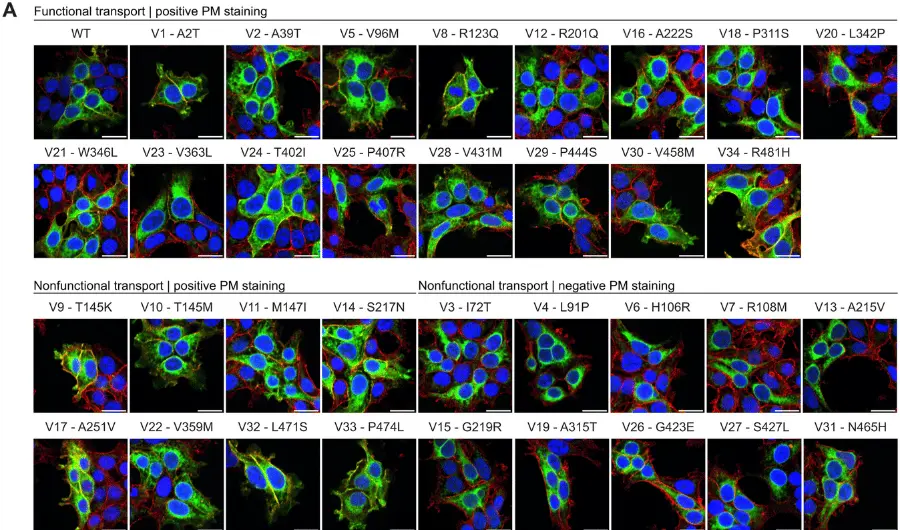Prenatal Valproate Exposure and Adverse Neurodevelopmental Outcomes: Does Sex Matter?
February 8, 2021
Abstract, originally published in Epilepsia
Objective: Prenatal exposure to the antiepileptic drug (AED) valproic acid (VPA) is associated with an increased risk of impaired postnatal neurodevelopment, including autism spectrum disorder (ASD) and attention-deficit/hyperactivity disorder (ADHD). We aimed to evaluate the influence of sex and drug dosage on the association between prenatal VPA exposure and postnatal behavioral outcomes.
Methods: The Australian Pregnancy Register of AEDs was interrogated to identify children aged 4-11 years prenatally exposed to AEDs. Parents reported on their child’s behavior using the Autism Spectrum Quotient-Children’s Version and the National Institute for Children’s Health Quality Vanderbilt Assessment Scale for ADHD. General linear mixed-effects models were used to investigate the relationship between clinicodemographic variables and psychometric scores.
Results: A total of 121 children were studied: 54 prenatally exposed to VPA (28 males, 26 females; mean dose ± SD: 644 ± 310 mg/day) and 67 exposed to other AEDs. There was a main effect of sex showing higher ASD scores in males compared to females (p = .006). An interaction between sex and VPA exposure revealed that males had higher ASD symptoms among children exposed to AEDs other than VPA (p = .01); however, this typical sex dynamic was not evident in VPA-exposed children. There was no evidence of any dose-response relationship between VPA exposure and ASD symptoms. Males had higher ADHD scores compared to females, but there was no evidence for a link between ADHD symptoms and VPA exposure.
Significance: Prenatal valproic acid (VPA) exposure seems to negate the usual male sex-related predominance in the incidence of autism spectrum disorder. These initial findings deepen the concept of VPA as a “behavioral teratogen” by indicating that its effect might be influenced by sex, with females appearing particularly sensitive to the effects of VPA. No association between VPA doses and adverse postnatal behavioral outcomes was detected, possibly related to the low VPA doses used in this study.







